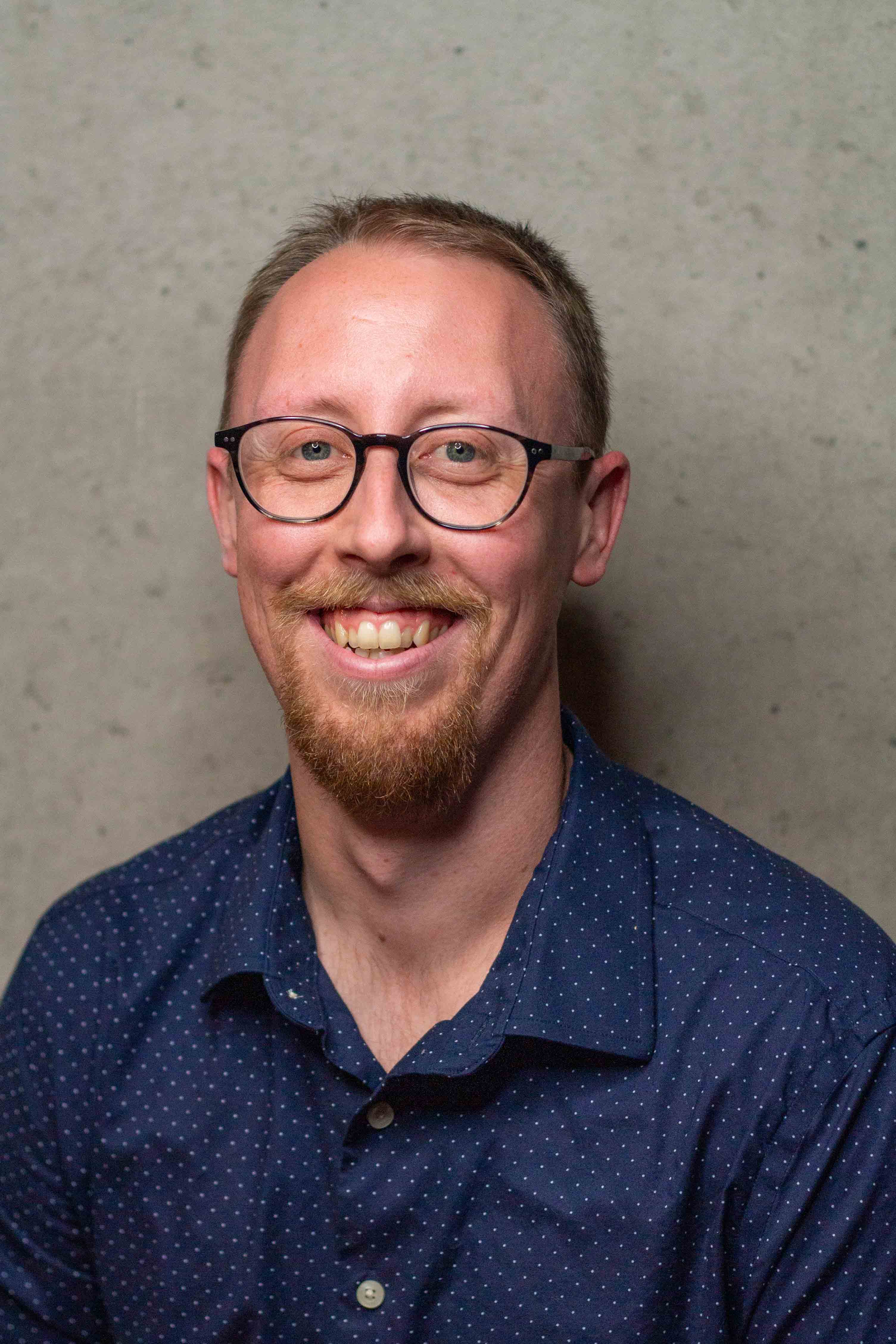The new EIDL loan rules enable business owners to use their EIDL funds for various purposes, including paying off business debt, working capital, and payroll (including the business owner's salary). Investing part of your salary is wise, but diversification is key. Here's what diversification means, what to consider, and how to balance risk and return on your investments.
What it Means to Diversify Your Investments
Diversification is the act of spreading your investments across several types of opportunities. Doing so can protect you from losing all of your assets in one tragic mishap. It can also potentially improve returns, no matter the level of risk you choose.
There are two main ways to diversify your investments. The first way is to spread your wealth out over different kinds of investments. The two most common examples are stocks and bonds, but there are others to consider as well. The point is to choose different areas to invest in, not just stocks.
The second way to diversify is to spread your wealth within your investment areas. In other words, spreading the money you have in stocks across many companies rather than just one company. It also means buying different kinds of bonds rather than just one type of bond, and so on.
What To Consider When Diversifying Your Investments
When diversifying your investment portfolio, there are many different types of investments to consider. Here are five to look into.
- Stocks. Many people are familiar with stocks. Stocks are shares of a company that earn shareholders money as the company grows. They generally offer the most potential for return as well as the most risk.
- Bonds. Think of bonds as an IOU. The government, corporations, and others sell bonds (which are essentially loans) to investors to raise capital. Bond purchasers earn a set return over a specified amount of time. They earn less but are more stable than stocks.
- Real Estate. Investing in real estate (either by becoming a landlord or by investing in REITs) is generally considered to be a good hedge against inflation. Real estate can also have an inverse relation with stocks (when stocks are down, real estate value can rise).
- Precious metals. Another potential hedge against inflation is investing in precious metals, such as gold, silver, or platinum. Precious metals have been long sought after and can be more stable than the stock market.
- Cryptocurrency. The newest arena of investing is the cryptocurrency market. To put it simply, cryptocurrency (frequently referred to as crypto) is a digital or virtual currency. Bitcoin, Ethereum, and Dogecoin are popular right now. Crypto can be highly profitable if the coin becomes popular, but is incredibly volatile as well.
Find a Balance Between Risk and Return
When diversifying your investments, it's essential to keep a balance between risk and return. The more you invest in the stock market, the higher return you may receive, but it involves more risk. No investment plan fits everyone's needs and goals, so it's paramount to speak with a financial advisor.
Here is a quick way to determine how much to invest in stocks. Subtract your age from 100 and invest that amount in stocks. If you are 40, for example, invest 60% (100-your age=60) of your portfolio in stocks and the rest (40%) in bonds. Again, this is one strategy to consider but speak with a financial advisor for your specific situation. If you want to diversify even more into other areas, like real estate, take off 5% from stocks and bonds and invest that 10% into real estate.
Most 401(k) plans have a mixture of stocks and bonds. Mutual funds generally have a mixture of different stocks and bonds as well and are professionally managed by investment companies. Some plans pre-determine your level of diversification and other plans give you more control, so make sure you fully understand before signing on.
Use EIDL Funds to Diversify Your Investments
EIDL funds can be used for payroll, so business owners should use some of their salaries to invest and prepare for the future. When investing, it's crucial to diversify your portfolio so your assets are not lost in one mishap. Speak with a financial advisor to strike a balance between risk and return.
If you need personalized assistance with your specific EIDL situation, check our availability and book a spot to get 1-on-1 assistance with someone from our team to navigate the EIDL process.
Disclaimer: This article contains predictions and information by third parties that are not associated with Skip. Predicting the stock market and the worthiness of investments is often a guessing game. Readers should be aware that these are third-party opinions for informational purposes and should not be taken as financial advice by Skip. Prospective investors should consult with an investment advisor.


